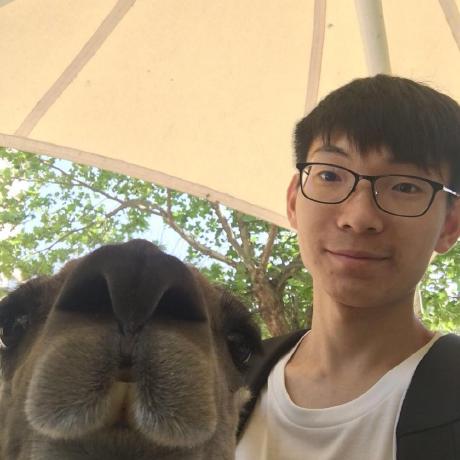Getting started with flex flow in Azure#
Learning Objectives - Upon completing this tutorial, you should be able to:
Write an LLM application using a notebook and visualize the trace of your application.
Convert the application into a flow and batch-run it against multiple lines of data.
0. Install dependent packages#
%%capture --no-stderr
%pip install -r ./requirements-azure.txt
1. Connection to workspace#
Configure credential#
We are using DefaultAzureCredential to access the workspace.
DefaultAzureCredential should be capable of handling most Azure SDK authentication scenarios.
Reference for other credentials if this does not work for you: configure credential example, azure-identity reference doc.
from azure.identity import DefaultAzureCredential, InteractiveBrowserCredential
try:
credential = DefaultAzureCredential()
# Check if given credential can get token successfully.
credential.get_token("https://management.azure.com/.default")
except Exception as ex:
# Fall back to InteractiveBrowserCredential in case DefaultAzureCredential does not work
credential = InteractiveBrowserCredential()
Connect to the workspace#
We use a config file to connect to a workspace. The Azure ML workspace should be configured with a computer cluster. Check this notebook for how to configure a workspace
from promptflow.azure import PFClient
# Connect to the workspace
pf = PFClient.from_config(credential=credential)
Create necessary connections#
A connection helps securely store and manage secret keys or other sensitive credentials required for interacting with the LLM and other external tools, for example Azure Content Safety.
In this notebook, we will use the basic & eval-code-quality flex flow, which uses the connection open_ai_connection. We need to set up the connection if we haven’t added it before.
To prepare your Azure OpenAI resource, follow these instructions and get your api_key if you don’t have one.
Go to workspace portal, click Prompt flow -> Connections -> Create, then follow the instruction to create your own connections.
Learn more on connections.
2. Batch run the function as a flow with multi-line data.#
Create a flow.flex.yaml file to define a flow whose entry points to the python function we defined.
# Show the flow.flex.yaml content
with open("flow.flex.yaml") as fin:
print(fin.read())
Batch run with a data file (with multiple lines of test data)#
flow = "." # Path to the flow directory
data = "./data.jsonl" # Path to the data file
# Create a run with the flow and data
base_run = pf.run(
flow=flow,
data=data,
column_mapping={
"text": "${data.text}",
},
environment_variables={
"AZURE_OPENAI_API_KEY": "${open_ai_connection.api_key}",
"AZURE_OPENAI_ENDPOINT": "${open_ai_connection.api_base}",
},
stream=True,
)
details = pf.get_details(base_run)
details.head(10)
3. Evaluate your flow#
Then you can use an evaluation method to evaluate your flow. The evaluation methods are also flows which usually use an LLM to verify the produced output matches the expected output.
Setup model configuration with connection#
When using Promptflow in Azure, create a model configuration object with connection name. The model config will connect to the cloud-hosted Promptflow instance while running the flow.
from promptflow.core import AzureOpenAIModelConfiguration
model_config = AzureOpenAIModelConfiguration(
connection="open_ai_connection",
azure_deployment="gpt-4o",
)
Evaluate the previous batch run#
The base_run is the batch run we completed in step 2 above, for web-classification flow with “data.jsonl” as input. The evaluation takes the outputs of that base_run, and uses an LLM to compare them to your desired outputs, and then visualizes the results.
eval_flow = "../eval-code-quality/flow.flex.yaml"
eval_run = pf.run(
flow=eval_flow,
init={"model_config": model_config},
data="./data.jsonl", # path to the data file
run=base_run, # specify the base_run as the run you want to evaluate
column_mapping={
"code": "${run.outputs.output}",
},
stream=True,
)
details = pf.get_details(eval_run)
details.head(10)
import json
metrics = pf.get_metrics(eval_run)
print(json.dumps(metrics, indent=4))
pf.visualize([base_run, eval_run])
Next steps#
You’ve successfully run your first flex flow and evaluated it. That’s great!
You can check out more examples:
Basic Chat: demonstrates how to create a chatbot that can remember previous interactions and use the conversation history to generate the next message.


